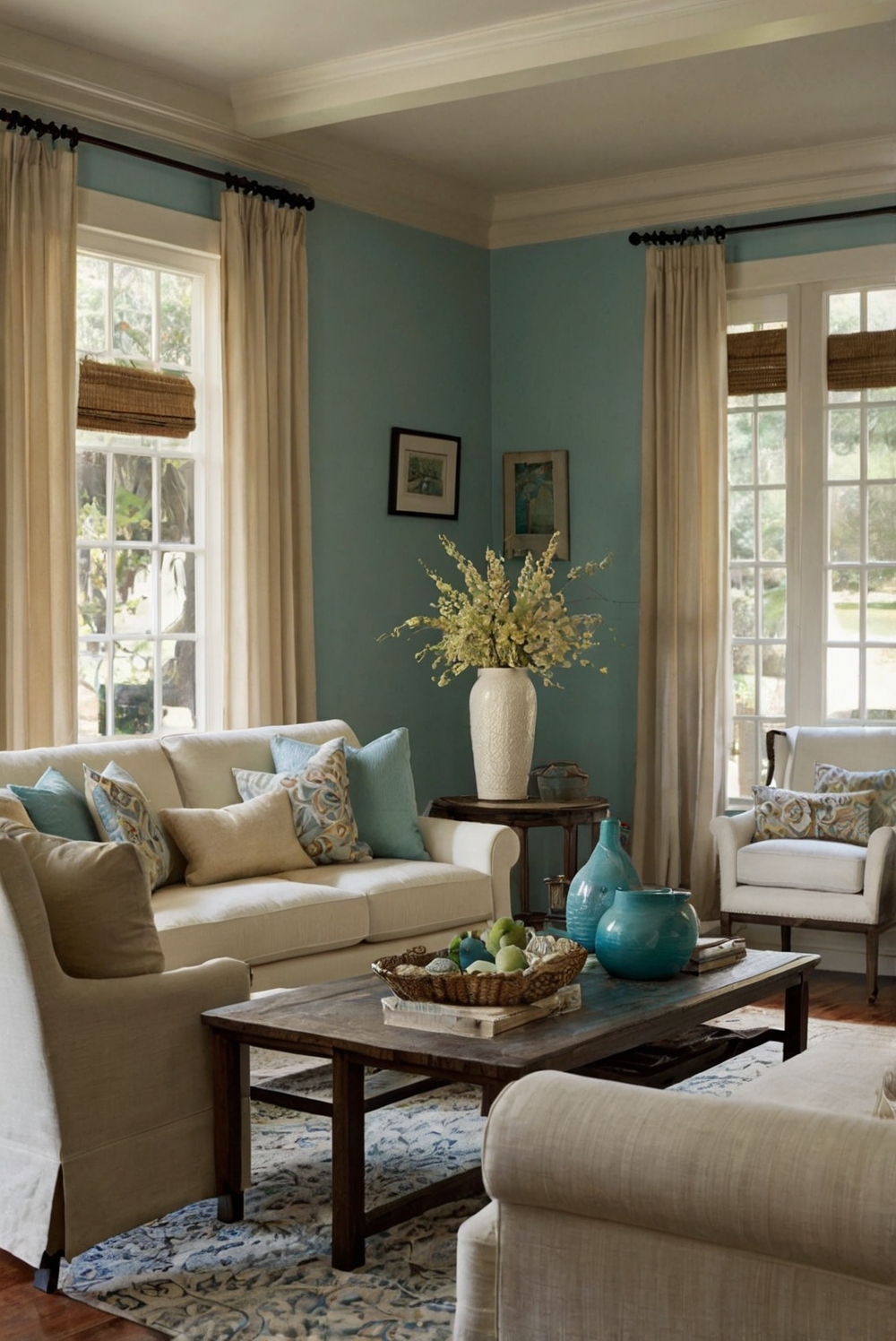Discover the art of integrating texture into your living room color scheme for a dynamic and captivating interior design experience. Explore creative ideas and daily interior designer routines.
**
How can you use texture to complement your living room color scheme?
**
**
Use of Texture in Living Room Color Scheme:
**
– Textures can be incorporated through the use of various fabrics like cotton, silk, wool, or synthetic materials.
– Mix textures by combining rough materials with smooth ones to create visual interest in the room.
– Use textured wall coverings like wallpaper or textured paint to add depth and dimension to the space.
– Incorporate natural elements like wood or stone to add a warm and organic feel to the room.
By blending different textures in your living room color scheme, you can create a visually appealing and inviting space that reflects your personal style and taste. Experiment with different textures to find the right balance and make your living room a cozy retreat.
How can you use texture to complement your living room color scheme?
When designing your living room color scheme, incorporating texture is crucial to create a visually appealing and well-balanced space. Texture adds depth, dimension, and interest to the room, enhancing the overall look and feel. Here are some tips on how you can use texture to complement your living room color scheme:
Choose Textured Fabrics:
Selecting fabrics with different textures can add richness and warmth to your living room. Opt for materials like velvet, linen, wool, or leather to create a tactile experience. Mix and match these fabrics on your sofa, throw pillows, curtains, and rugs to introduce variety and visual interest.
Layer Different Textures:
Layering textures is a great way to add depth and complexity to your living room color scheme. Combine smooth surfaces with rough ones, such as pairing a sleek leather sofa with a chunky knit throw or a plush rug. This contrast in textures will create a dynamic look that is visually stimulating.
Use Textured Wall Coverings:
Incorporating textured wall coverings like wallpaper or textured paint can elevate the design of your living room. Choose a subtle texture that complements your color scheme and adds a tactile element to the walls. This can help create a cohesive and inviting ambiance in the space.
Consider the Lighting:
Lighting plays a vital role in highlighting texture in your living room. Use a combination of ambient, task, and accent lighting to create shadows and highlights that accentuate the different textures in the room. Soft lighting can enhance the warmth of fabrics, while directional lighting can create interesting shadows on textured surfaces.
Accessorize with Textured Decor:
Incorporate textured decor elements like ceramics, wooden accents, metallic finishes, or woven baskets to add personality and character to your living room. These accessories can introduce additional textures that complement your color scheme and tie the design together.
In conclusion, texture is a powerful tool that can elevate your living room color scheme and create a visually appealing and inviting space. By incorporating a variety of textures through fabrics, layering, wall coverings, lighting, and decor, you can achieve a cohesive and well-balanced design that reflects your personal style and enhances the overall ambiance of your living room.

